What Foreign Tourists Wish They Knew Before Riding a Tuk-Tuk in Delhi
Introduction
Delhi is big, bold, and buzzing – and if you really want to feel its pulse, there’s no better place than the backseat of a tuk-tuk.
That little green-and-yellow three-wheeler is more than just a ride. It’s your entry ticket into the city’s chaos, character, and charm. But if you’re new to India’s capital, getting into a tuk-tuk can feel like diving headfirst into the unknown.
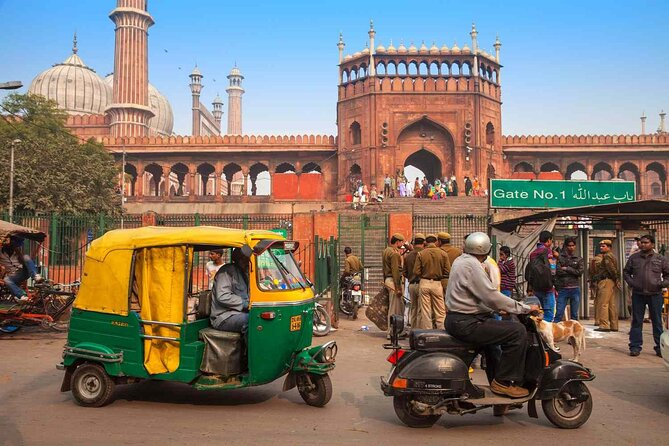
That’s why we put together this guide. From how not to get overcharged to what time they actually run, here’s what foreign tourists wish they knew before their first tuk-tuk ride in Delhi.
What Is a Tuk-Tuk, Anyway?

Also known as an auto-rickshaw, a tuk-tuk is a three-wheeled motorized vehicle commonly used for short-distance travel. They’re everywhere in Delhi – squeezing between cars, dodging cows, and generally getting you from point A to point B faster (and cheaper) than most other options.
But they’re also loud, breezy, and slightly wild. No doors, no seatbelts, and no filter between you and Delhi’s famously intense traffic. It’s the unofficial theme ride of India, and it’s as real as travel gets.
Tuk-Tuk Hours: When They’re Available in Delhi

Tuk-tuks in Delhi don’t exactly operate on a 9-to-5 schedule, but there are patterns.
- Regular hours: 6:00 AM – 10:00 PM
- Late-night availability: Limited and less reliable. Post 10:00 PM, expect fewer drivers and higher fares.
- Best hours to catch one: 7:00 AM to 8:00 PM
During rush hours (8–10:30 AM and 5–8 PM), finding a tuk-tuk is easy. Just be prepared for traffic and fare markups.
Don’t Expect the Meter to Work
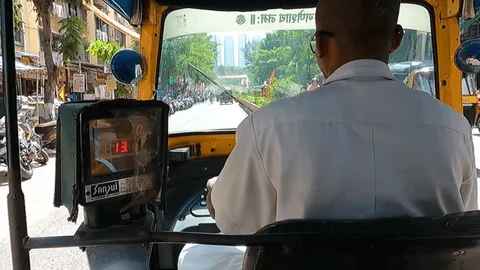
Tuk-tuks in Delhi are supposed to have fare meters, and many do. But here’s the kicker: most drivers don’t use them, especially when they realize you’re a tourist.
Instead, they’ll throw out a flat rate – which is often two to three times the real price.
Pro tips:
- Politely ask, “Meter se chaliye?” (Can we go by the meter?)
- If they say no, or quote a suspiciously high amount, move on.
- Or better yet, use Ola Auto or Uber Auto for fair, app-based pricing.
These apps let you book a tuk-tuk like you would a cab, complete with GPS tracking and upfront costs.
It’s Open-Air, So Embrace the Chaos
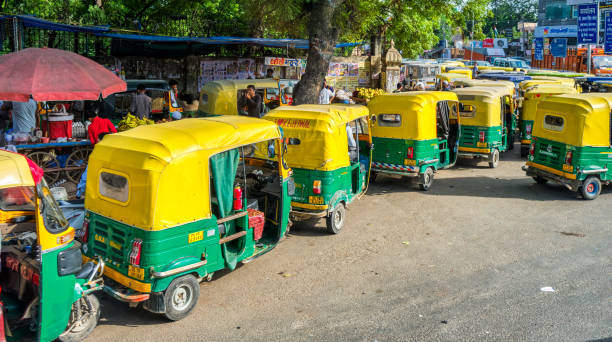
Tuk-tuks are fully open – no windows, no doors. That means:
- You’ll hear everything – honking, shouting, temple bells, and street vendors.
- You’ll smell street food, dust, incense, and sometimes exhaust all at once.
- And if you’re riding during Delhi’s summer, be ready to sweat.
It’s not for the faint-hearted. But that’s part of the fun.
Common Tourist Scams to Watch Out For
Like many tourist-heavy cities, Delhi has its share of tuk-tuk hustlers. Most are mild, but they’re worth knowing about.
- “It’s closed today”: The Red Fort, Qutub Minar, etc. – drivers may claim it’s closed and suggest an alternative “local shop” instead.
- “Special tour” offers: This usually includes detours to overpriced markets where they earn a commission.
- Fake ticket offices: Drivers might stop at a counterfeit “ticket counter” to sell inflated or fake entry passes.
Best defenses:
- Trust your own research.
- Use Google Maps to confirm directions.
- Politely decline surprise stops or “friend’s shops.”
Know the Fare Before You Ride
Not sure what to pay? Here’s a rough idea of reasonable tuk-tuk rates in Delhi:
| Distance | Expected Fare |
| 1–2 km | ₹30–₹50 |
| 3–5 km | ₹60–₹100 |
| 6–8 km | ₹100–₹150 |
If the driver quotes ₹300 for a 2 km ride, it’s time to walk away – or book via an app instead.
How Safe Are Tuk-Tuks for Tourists?

Pretty safe – especially during the day and in busy areas. That said, basic precautions help, particularly if you’re a solo or female traveler.
Safety tips:
- Book through Uber/Ola where possible.
- Avoid isolated tuk-tuks at night.
- Share your live location with a friend if riding alone after dark.
- Sit on the left side (away from the driver).
- Keep your belongings zipped and close.
Delhi’s people are generally kind and helpful, but staying alert never hurts.
Tipping: Optional, Not Obligatory
Tipping isn’t expected, but if the driver is polite, fair, and doesn’t try to upsell you mid-ride, a small token (₹20–₹50) is a nice thank-you.
If the driver helps with bags or waits while you run a quick errand, tipping is more common.
Tuk-Tuk Apps: Your New Best Friend
Don’t want to deal with haggling? Say hello to Uber Auto and Ola Auto.
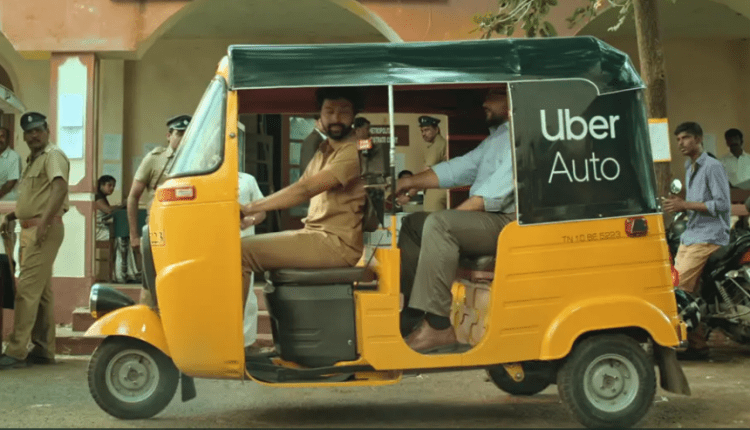
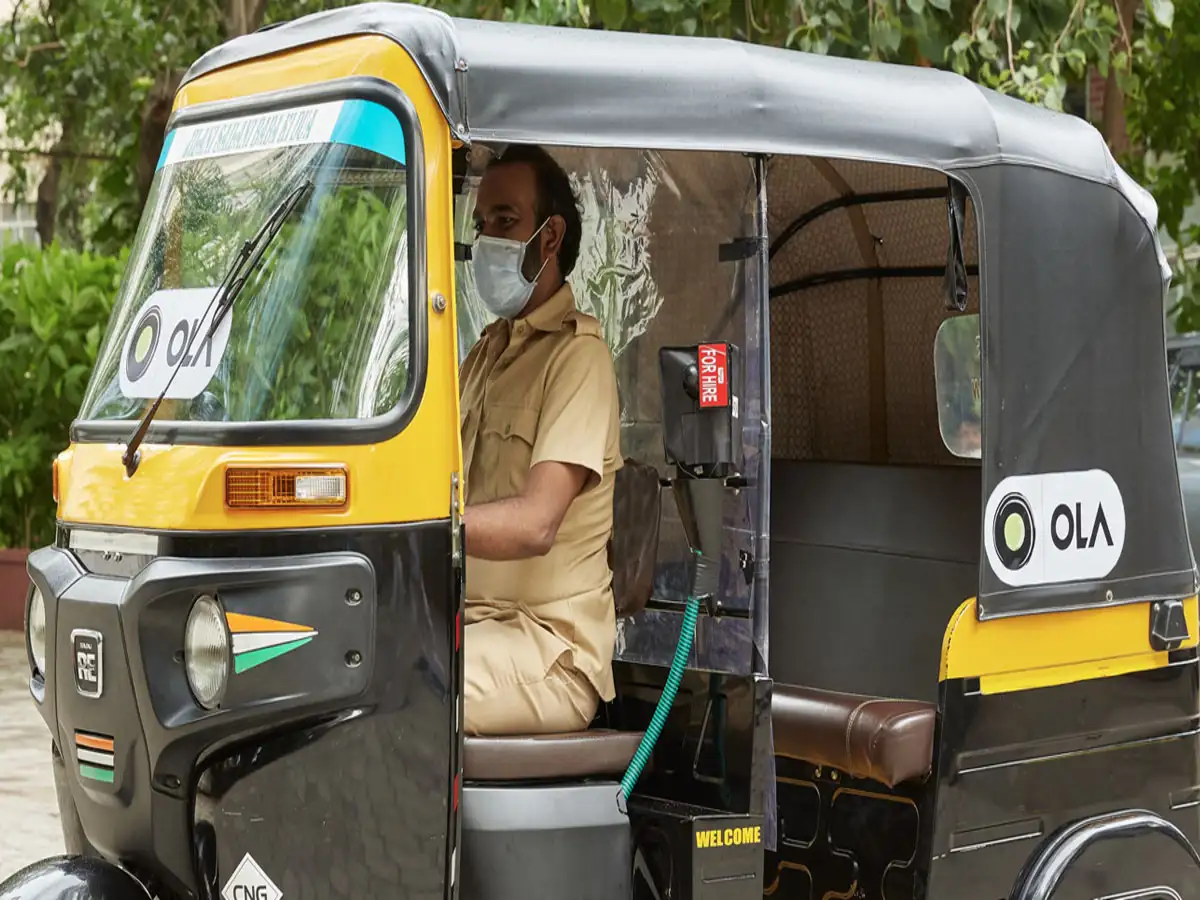
These apps:
- Offer fixed, transparent pricing
- Let you track your route
- Include driver info and reviews
- Support digital payments (no small change required)
Bonus: You won’t have to explain where you’re going to five different drivers who say no before one finally says yes.
When Not to Take a Tuk-Tuk
Tuk-tuks are great for short trips (2–5 km). But if you’re:
- Exploring multiple far-off sites
- Traveling in a group with large luggage
- Trying to beat Delhi’s heat in May
Then it’s worth booking a cab or using the Metro instead.
Or better yet, go with a guided tour, where routes, vehicles, and timing are taken care of. No guesswork, no scams.
Why It’s Totally Worth It
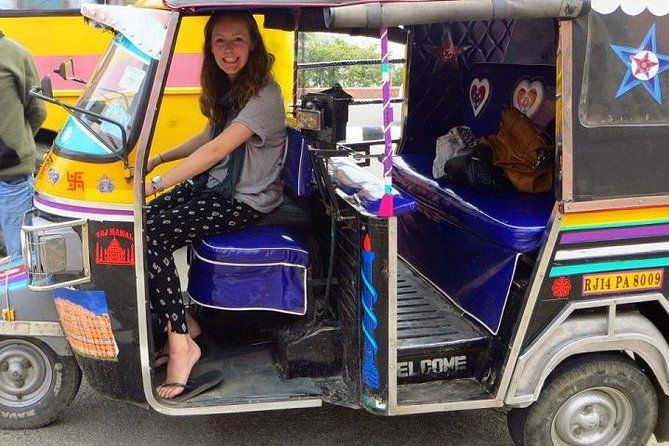
Sure, tuk-tuks can be dusty, noisy, and unpredictable. But they’re also:
- Ridiculously fun
- Incredibly photogenic
- A great way to connect with the rhythm of the city
- One of the most affordable ways to travel in Delhi
A tuk-tuk isn’t just a ride. It’s a cultural moment on three wheels. And once you’ve survived one ride, you’ll want another. Trust us.
Conclusion
Riding a tuk-tuk in Delhi might seem intimidating at first, but it’s one of the best ways to experience the city up close. You’ll dodge traffic, laugh at near-misses, chat with curious drivers, and maybe even find a favorite shortcut through the backstreets.
So go ahead – flag one down, hold on tight, and enjoy the ride.
Want the tuk-tuk experience without the guesswork?


Book a guided city tour with Experiencia India. We’ll handle the transport, routes, and real insights – so you can focus on soaking up Delhi’s energy.
Plan smarter. Ride better. Travel deeper.
Explore Delhi Tours Now →



